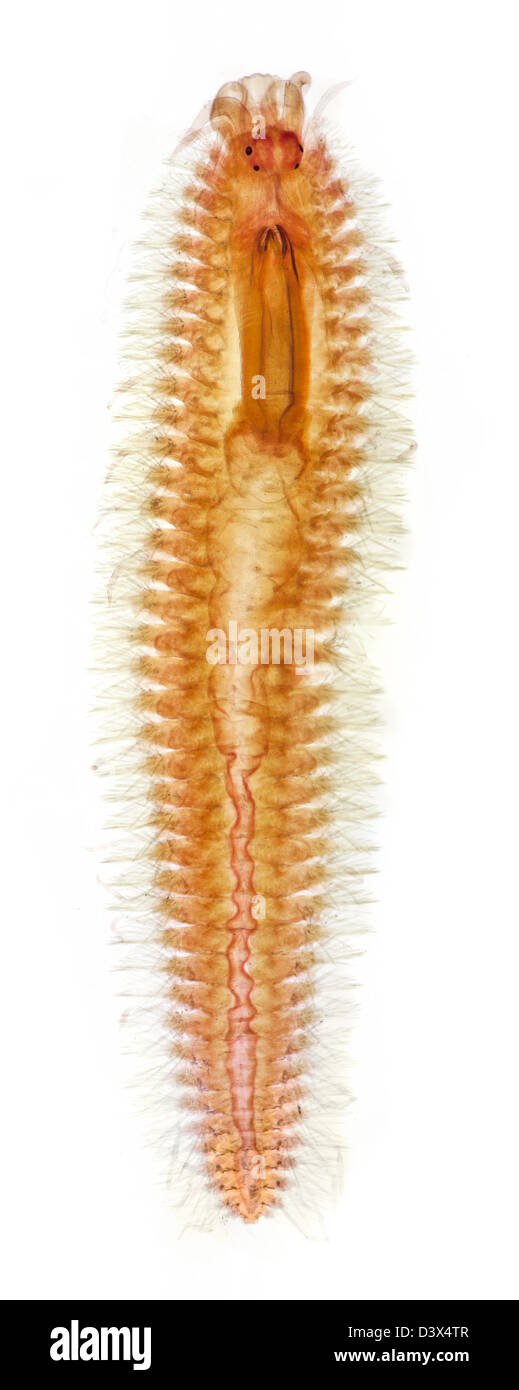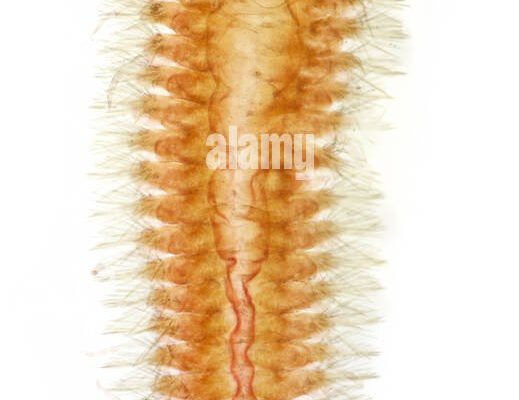
Imagine going for a walk on the beach and discovering all sorts of tiny creatures hiding in the sand. Some of these might be polychaete worms, darting around and helping to keep the marine environment balanced. They’ve got some serious skills—like breaking down organic material and serving as food for various marine animals. In this article, we’ll explore the range and distribution of marine polychaetes worldwide. You might be surprised to learn just how widespread they are!
What Are Marine Polychaetes?
Marine polychaetes are a type of segmented worm belonging to the class Polychaeta in the phylum Annelida. They’re often referred to as bristle worms because of the hair-like structures, or *chaetae*, that line their bodies. Think of these bristles as their own little set of tools, helping them to navigate through their aquatic environment. Polychaetes exhibit incredible diversity, with some species measuring just a few millimeters long, while others can stretch over a meter!
These worms can be found in various habitats, from tidal pools to the deep sea. They don’t just stick to the shore; some live buried in the sediment, while others are free-swimming. Each type has its way of life, which is crucial for their survival and the health of their ecosystems. Honestly, it’s fascinating how these little creatures contribute so much to ocean life without many of us even noticing.
Global Distribution of Marine Polychaetes
So, where can you find these marine wonders around the globe? Marine polychaetes are incredibly widespread, inhabiting all the world’s oceans. From the icy waters of the Arctic to the warm seas of the tropics, these worms thrive in various conditions.
– Polar Regions: In the frigid Arctic, you’ll find polychaetes adapted to survive the cold, including species like *Lumbrinereis*.
– Tropical Seas: In warmer waters, the biodiversity is particularly rich, with colorful species like *Eunice* and *Nereis* flourishing.
– Deep-Sea Habitats: Surprisingly, polychaetes are also abundant in extreme environments, such as hydrothermal vents, where they’ve formed unique communities around the hot water emissions.
Here’s the thing: While many of us might imagine these worms scuttling along the seafloor, they are also vital indicators of environmental health. Their presence or absence can tell scientists a lot about the state of marine ecosystems.
Habitats and Preferences
Marine polychaetes are excellent at adapting to different habitats, which is a big part of their successful distribution. They can be found in a wide range of environments, from sandy beaches to rocky shores to the vast deep sea.
– Benthic Zones: Many polychaetes inhabit the benthic zone, which is the ocean floor. Here, they burrow into the sediment, playing a critical role in the nutrient cycle by breaking down organic matter.
– Intertidal Zones: In intertidal regions, these worms can be found in tidal pools and rocky crevices, often exposed to air during low tide, which adds additional challenges to their survival.
Their versatility means that they can thrive in various conditions, making them truly remarkable creatures. You might be wondering how they manage to survive such changes. Well, they have unique adaptations that allow them to handle fluctuating temperatures, salinity, and even oxygen levels.
Feeding Habits and Ecological Importance
Polychaetes are not just fascinating in terms of their physical adaptability; they also have interesting feeding habits. They can be classified into two main categories based on how they eat: sedentary and errant polychaetes.
– Sedentary Polychaetes: These worms often stay in one place, using their special mouthparts to capture food from the water. They can filter feed, capturing tiny particles like plankton.
– Errant Polychaetes: On the other hand, errant polychaetes are active hunters. They’ve got a keen sense for locating food sources and can often be seen darting around, looking for their next meal.
The ecological importance of marine polychaetes cannot be overstated. They serve as a food source for fish, crustaceans, and even seabirds, linking various parts of the food web together. Not only do they help keep the bottom of the ocean clean by consuming decaying organic material, but they also aerate the sediment, promoting a healthy environment for other marine life.
Research and Conservation Efforts
As researchers continue to study marine polychaetes, important insights about their distribution and role in marine ecosystems are being discovered. Scientists often conduct surveys to map out different species and their habitats, using this data to understand how climate change and human activity impact these worms.
Conservation efforts are increasingly focusing on protecting the natural habitats where polychaetes thrive. This includes restoring coastal ecosystems, reducing pollution, and combating overfishing. By safeguarding these environments, we not only protect polychaetes but also the broader marine life that depends on them.
It’s important for everyone to recognize the value of marine polychaetes. They might not be the most glamorous ocean creatures, but their roles are crucial. Supporting conservation initiatives can help ensure that these fascinating worms—and the ecosystems they inhabit—thrive for generations to come.
Marine polychaetes are truly the hidden heroes of the ocean. Their vast range and diverse distribution play pivotal roles in maintaining the health of marine ecosystems. As you explore coastal areas or learn more about marine life, remember these unassuming creatures and the critical functions they perform.
Honestly, the ocean is full of surprises, and polychaetes are just one example of the wonders lurking beneath the surface. By understanding their range and distribution, we gain valuable insights into the health of our oceans. So, the next time you find yourself by the sea, take a moment to appreciate these bristly worms and the essential work they do within the watery world we all share.

